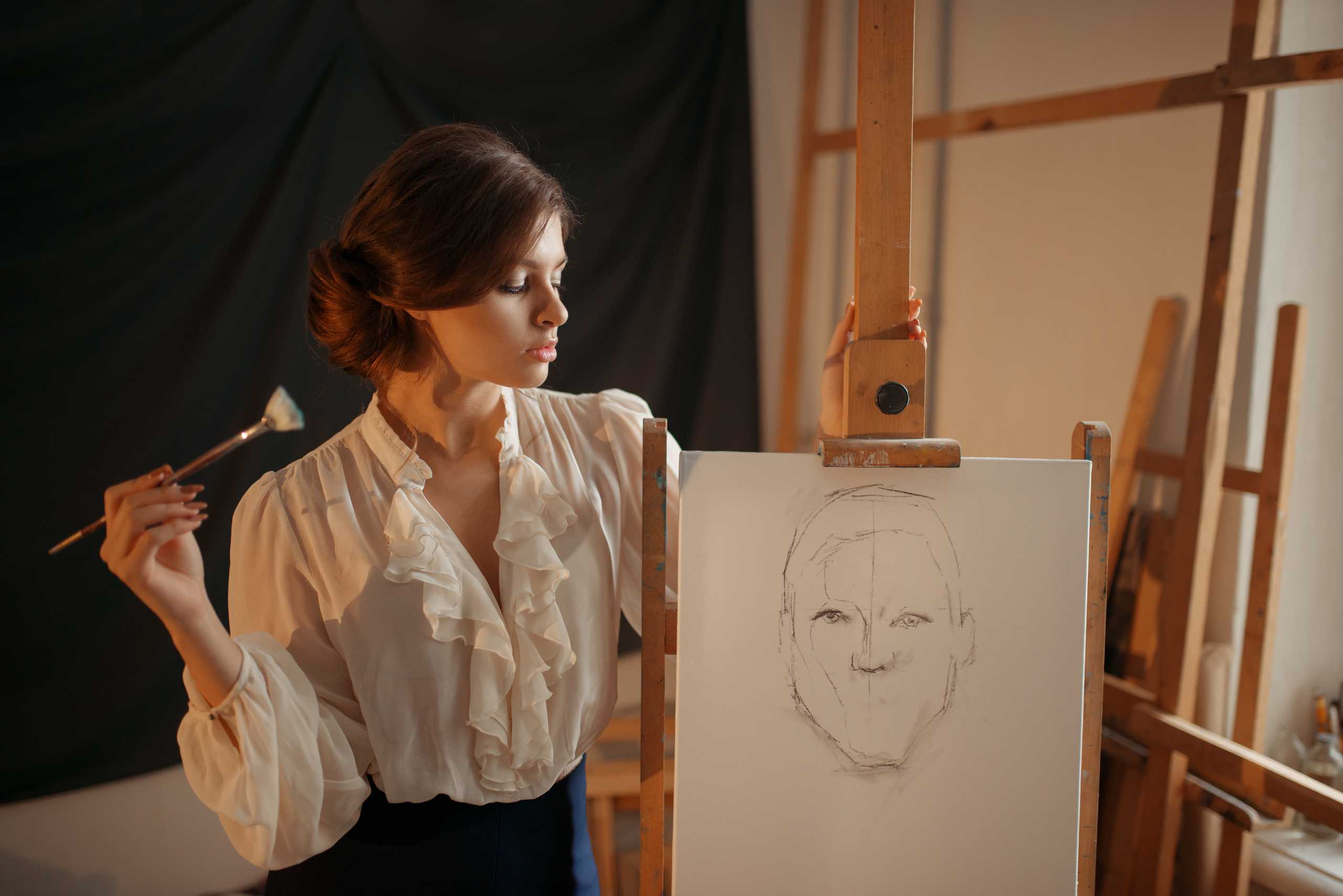The Power of Light and Shadow in Portrait Painting
Light is not just a physical element — it’s a storyteller. In portrait painting, light and shadow define form, suggest mood, and reveal emotion. Without them, even the most carefully drawn features fall flat.
Understanding how light works is one of the biggest leaps an artist can take. Let’s explore how mastering it can transform your portraits.
1. Light Builds Structure
Before you add color or detail, ask yourself:
Where is the light coming from?
A strong light source gives the head a three-dimensional presence. It carves out the planes of the face — the cheekbones, the bridge of the nose, the jawline — and gives each one clarity.
Start by identifying:
- Light source direction (above, side, front, etc.)
- Intensity (soft or harsh)
- Temperature (warm or cool)
These elements define how your subject is perceived. Even subtle changes can shift the emotion of your entire portrait.
2. Shadows Are Never Just Black
One of the biggest beginner mistakes is thinking shadows are made from black paint. In reality, shadows are rich, deep, and full of life.
Study them.
In natural light, shadows often carry cool blues or purples. Under artificial light, they may glow with warm ambers or greys. This variation creates atmosphere and prevents your portrait from feeling dead or flat.
To improve:
- Paint a portrait using only values (black and white)
- Then paint one using only warm and cool tones
- Notice how shadows behave differently in each
3. The Magic of Half-Tones
Between light and dark lies the half-tone — that delicate area where form begins to turn away from the light but is not yet in shadow. This is where the face breathes.
Great artists use half-tones to:
- Suggest volume
- Soften transitions
- Create a sense of calm and realism
If you skip or blur this area too much, the face may look flat or plastic. If you overdefine it, the skin may look harsh. The balance takes time — but it’s worth mastering.
4. Catch the Light in the Eyes
Even a subtle highlight in the eyes can bring a portrait to life. This is often called the “catchlight” — a small reflection of the light source in the iris or cornea.
A well-placed catchlight:
- Adds vitality
- Guides the viewer’s gaze
- Suggests emotion or intimacy
Too many? The face looks artificial. None? The eyes may feel dull or empty.
A single brushstroke can change the whole mood.
5. Use Light to Guide the Viewer
Think of yourself not just as a painter, but as a director. Use light to tell the viewer where to look first.
Ask yourself:
- What part of the portrait holds the emotion?
- Where do I want the focus to rest?
- Can I use contrast to guide attention?
Strong value contrasts create emphasis. Soft transitions create rest. The way you place your light is the way you shape your story.
In Closing
Mastering light and shadow isn’t about formulas — it’s about observation, experimentation, and intent. Once you begin to control them, your portraits will shift from merely accurate to deeply expressive.
Light is your quiet collaborator. It sculpts, reveals, and evokes. Learn its language — and your canvas will never feel silent again.

